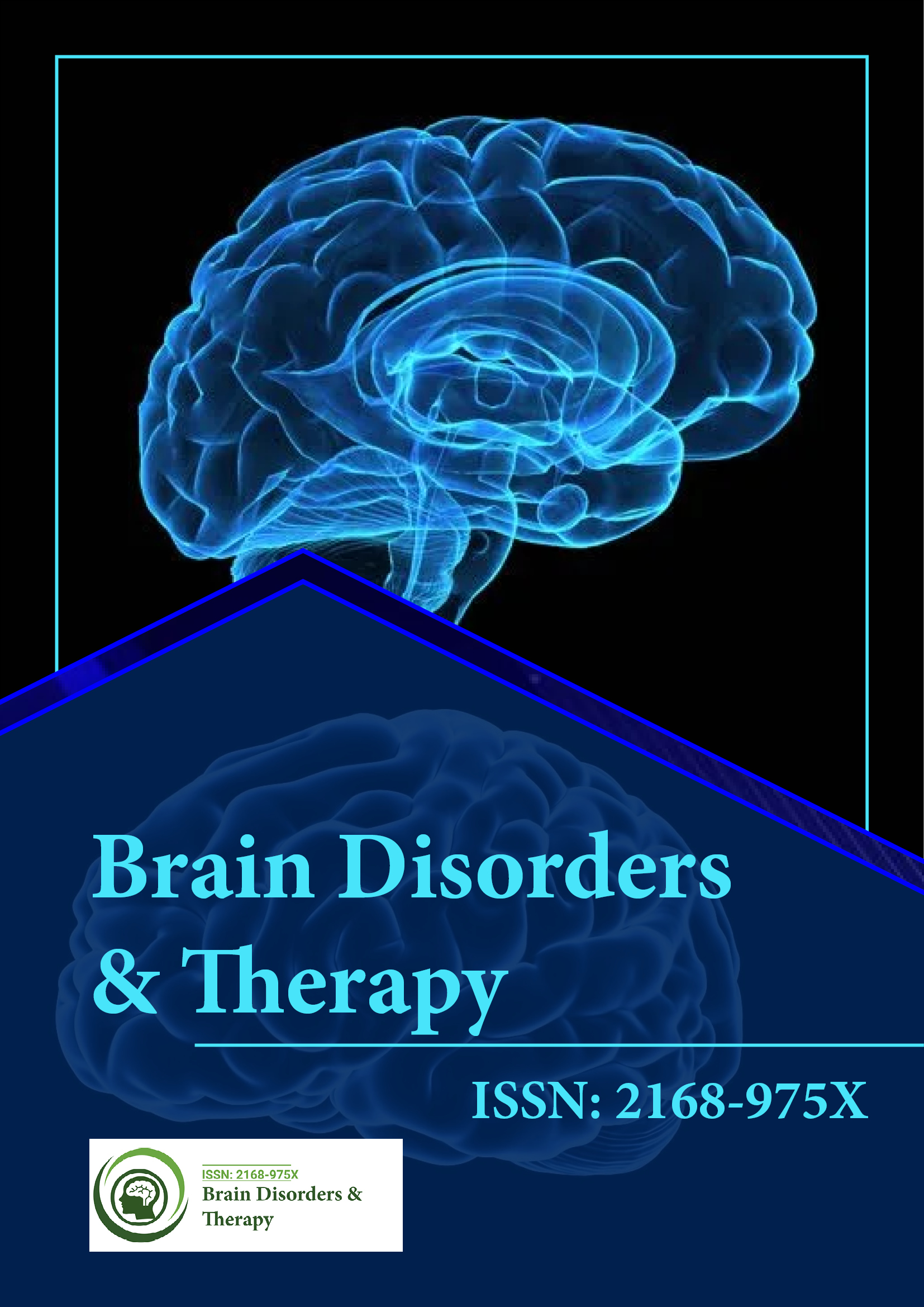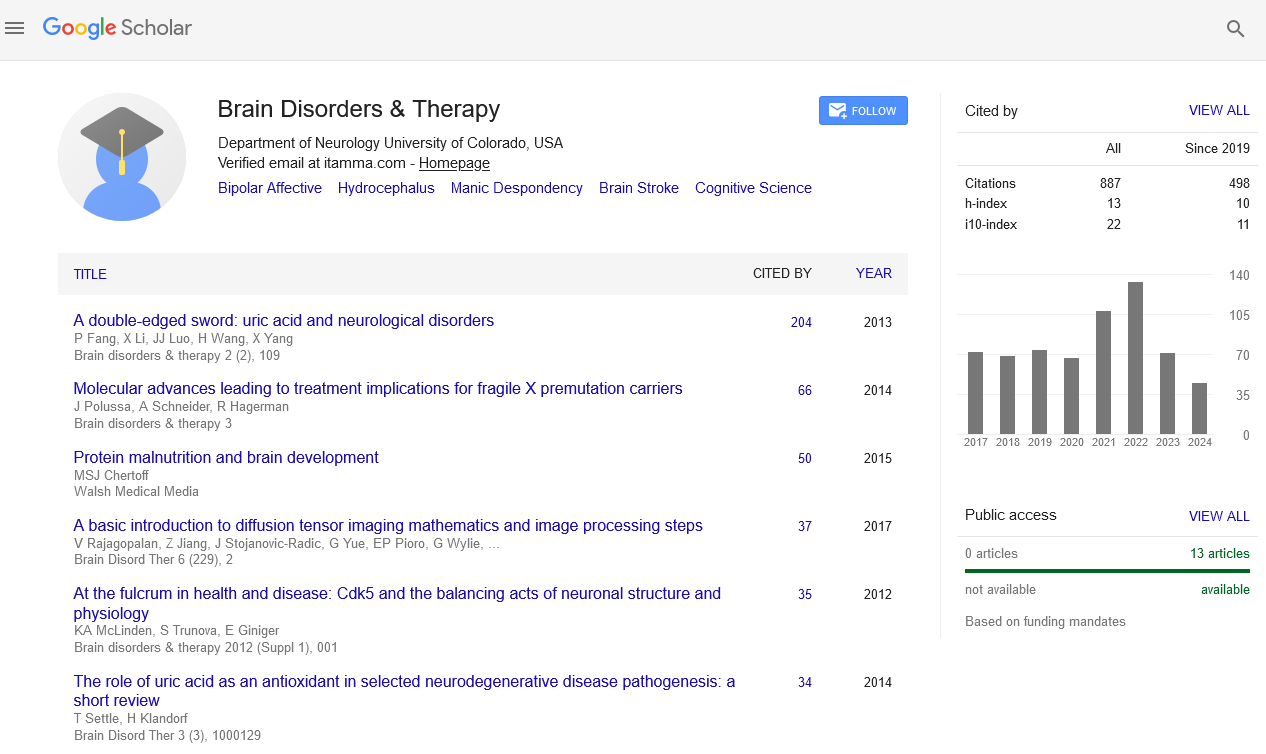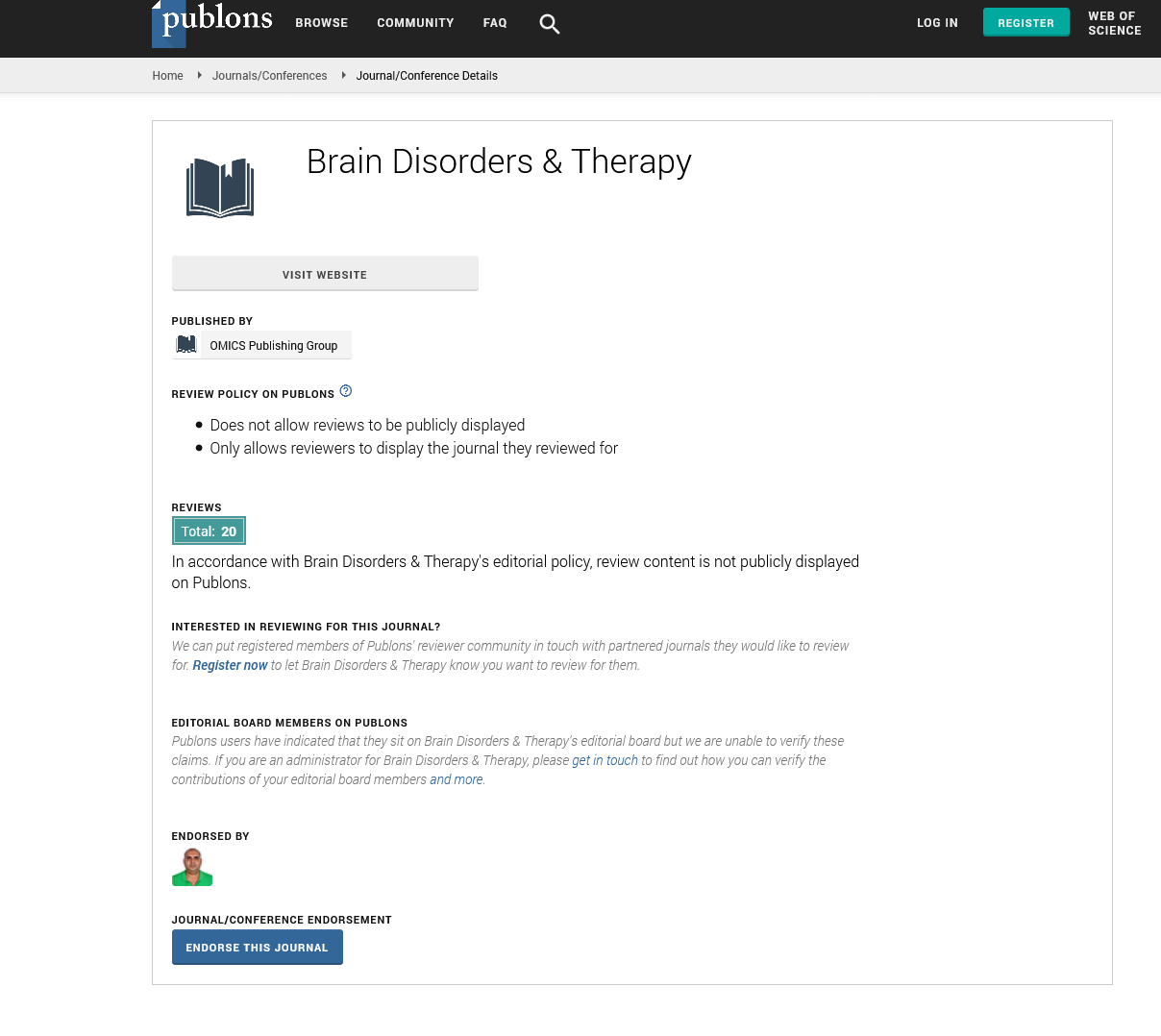Indexed In
- Open J Gate
- Genamics JournalSeek
- JournalTOCs
- RefSeek
- Hamdard University
- EBSCO A-Z
- OCLC- WorldCat
- Publons
- Geneva Foundation for Medical Education and Research
Useful Links
Share This Page
Journal Flyer

Open Access Journals
- Agri and Aquaculture
- Biochemistry
- Bioinformatics & Systems Biology
- Business & Management
- Chemistry
- Clinical Sciences
- Engineering
- Food & Nutrition
- General Science
- Genetics & Molecular Biology
- Immunology & Microbiology
- Medical Sciences
- Neuroscience & Psychology
- Nursing & Health Care
- Pharmaceutical Sciences
Commentary - (2024) Volume 13, Issue 4
Community-Driven Solutions for Increasing Diversity in Neuroimaging Research
Sunghyun Mitchell*Received: 22-Nov-2024, Manuscript No. BDT-24-27651; Editor assigned: 25-Nov-2024, Pre QC No. BDT-24-27651(PQ); Reviewed: 09-Dec-2024, QC No. BDT-24-27651; Revised: 16-Dec-2024, Manuscript No. BDT-24-27651(R); Published: 23-Dec-2024, DOI: 10.35248/2168-975X.24.13.278
Description
Neuroimaging research has revolutionized our understanding of the brain's structure and function, providing insights into various neurological and psychiatric disorders. Despite these advancements, a persistent issue remains: The lack of diversity in study samples. Historically, neuroimaging research has relied heavily on homogenous populations, often composed of individuals from Western, Educated, Industrialized, Rich and Democratic (WEIRD) societies. This limitation not only skews findings but also hampers the generalizability of results, potentially excluding significant portions of the global population from benefiting from neuroimaging discoveries. Addressing this gap requires active engagement with underrepresented groups, integrating their perspectives to make neuroimaging research more inclusive and equitable.
A recent qualitative study has shed light on this issue by seeking input from participants belonging to historically under represented communities in neuroimaging research. By directly engaging these populations, the study aimed to uncover barriers to participation and gather actionable recommendations for promoting diversity. The findings provide valuable insights that can inform strategies to enhance inclusivity in neuroimaging studies, paving the way for a more representative science.
One of the primary barriers identified in the study is a lack of trust between researchers and participants from under represented backgrounds. Historical exploitation of marginalized groups in medical research, such as the Tuskegee Syphilis Study, has left a lasting legacy of mistrust. For many individuals, this distrust is compounded by a perceived lack of transparency in the research process, including insufficient communication about study goals, procedures and potential risks.
Practical obstacles also play a significant role. For many underrepresented groups, logistical challenges such as transportation, childcare and flexible scheduling can make participation in neuroimaging studies unfeasible. Moreover, financial barriers, including the cost of taking time off work or accessing research facilities, disproportionately affect individuals from low-income communities. These challenges are often exacerbated by cultural and language differences that create additional layers of complexity.
Another factor is the lack of representation within the research team itself. Participants often feel alienated when they do not see researchers or study coordinators who share their cultural or linguistic background. This sense of disconnect can discourage engagement and reduce the likelihood of long-term participation.
The qualitative study highlighted several participant-driven recommendations that could address these barriers and promote diversity in neuroimaging research. Central to these recommendations is the concept of building trust through community engagement. Researchers must actively involve community leaders, advocacy groups and other trusted figures to establish credibility and demonstrate a genuine commitment to inclusivity. By partnering with community organizations, researchers can co-develop study protocols that respect cultural norms and address specific community needs.
Transparent communication emerged as another critical factor. Participants emphasized the importance of clear, jargon-free explanations of study objectives, procedures and potential benefits. Providing detailed information about data privacy and ethical safeguards is particularly important for alleviating concerns about exploitation or misuse of personal information. Additionally, maintaining open lines of communication throughout the study such as regular updates and opportunities for feedback can help cultivate a sense of collaboration and mutual respect.
Addressing logistical challenges requires practical solutions tailored to the needs of diverse populations. Participants suggested offering transportation assistance, childcare support and flexible scheduling options to make participation more accessible. Providing financial compensation or other incentives was also highlighted as a means of reducing the economic burden of participation, particularly for individuals from low-income backgrounds.
Another key recommendation is to prioritize diversity within research teams. Hiring staff who reflect the cultural and linguistic backgrounds of participants can significantly enhance engagement and trust. Diverse research teams are better equipped to understand and address the unique needs of underrepresented groups, ensuring that study protocols are culturally sensitive and inclusive.
Finally, participants stressed the importance of promoting longterm relationships between researchers and communities. Rather than engaging with underrepresented groups on a one-off basis, researchers should aim to build enduring partnerships that prioritize community well-being and empowerment. This approach not only enhances participation but also ensures that the benefits of research are equitably distributed.
Conclusion
The qualitative study underscores the importance of participantdriven approaches to increasing diversity in neuroimaging research. By addressing barriers such as mistrust, logistical challenges and lack of representation and by implementing practical recommendations rooted in community input, researchers can create a more inclusive and equitable field. These efforts are essential for ensuring that neuroimaging discoveries benefit all individuals, regardless of their background and for advancing our collective understanding of the human brain.
Citation: Mitchell S (2024). Community-Driven Solutions for Increasing Diversity in Neuroimaging Research. Brain Disord Ther. 13:278.
Copyright: © 2024 Mitchell S. This is an open-access article distributed under the terms of the Creative Commons Attribution License, which permits unrestricted use, distribution, and reproduction in any medium, provided the original author and source are credited.


